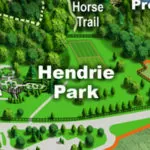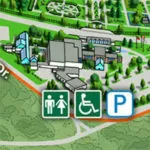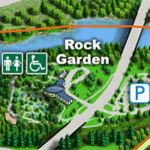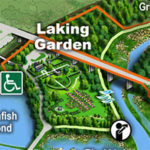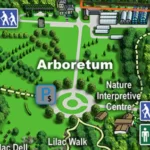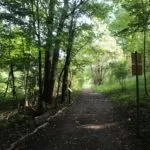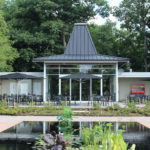| Membership | Price (+HST) |
|---|---|
| Single | $85/year |
| Single Plus | $120/year |
| Family | $130/year |
| Family Plus | $175/year |
| Contributing | $300/year |
| Supporting | $600/year |
| Sustaining | $1,000/year |
| Benefactor's Circle | $2,500/year |
| Director's Circle | $5,000/year |
| President's Circle | $10,000/year |
The Importance of Water: Great Lakes Water Quality
By Tys Theijsmeijer, Senior Director of Ecosystem Stewardship Programs and Policy
Efforts to restore and protect the Great Lakes are more critical now than ever. Initiatives to restore a better water future are all around us, as communities work to undo past damaging choices. The Hamilton/Burlington area remains on the list of Great Lakes Areas of Concern, receiving federal and provincial support for recovery. While much progress has been made, ongoing efforts are crucial. You can explore the latest water quality data online through Great Lakes DataStream. In fact, during May and June 2024, large areas of clean water were visible in Cootes Paradise—a positive sign of recovery.
Since the large-scale sewage spill in Cootes Paradise Marsh between 2014 and 2018, the City of Hamilton has launched several initiatives aimed at improving water quality. These include the Cootes Paradise and Chedoke Creek Spill Remediation Plans, the Hamilton Biodiversity Action Plan, and the upcoming Hamilton Watershed Action Plan, which is still in draft form. Local Conservation Authorities in Halton and Hamilton are also finalizing their newly mandated Watershed-Based Resource Management Plans.
Internationally, the turning point for water quality improvement came in 1972 with the Great Lakes Water Quality Agreement between the US and Canada. This landmark commitment set in motion clean-up initiatives, like those in Hamilton and Burlington. One of the newest educational tools available is the “Choosing Your Great Lakes Future” gaming scenario. This interactive tool highlights how individual decisions impact the Great Lakes. Alarming in its predictions, in 2 out of 3 scenarios the quality of the Great Lakes declines, stressing the importance of responsible choices. You can explore the status report online through an overview of the Great Lakes ecosystem.
Ultimately, it comes down to how we treat water as rain falls on our landscapes, whether from our homes or the businesses from which we purchase products. It also depends on the condition in which we return our drinking and wash water to the lake. In simple terms, to help renew our water resources, we should support high-quality sewage treatment systems, create our own rain gardens to absorb runoff, and inquire about how local businesses manage their water runoff.
On October 12 & 13, the annual Hamilton Water Walk organized by local First Nations will take place, starting at Princess Point. This walk serves as a powerful reminder of the importance of water and how much work remains to restore its health.
The walk takes you on a full circuit around Cootes Paradise, passing through the Anishinaabe Waadiziwin Trail. This trail features interpretive stations that highlight the connections between Anishinaabe culture and local plants, including my favorite story about the Lake Sturgeon.
You can also connect with the Niagara Escarpment Indigenous Cultural Map, which highlights Cootes Paradise as one of its notable sites, along with a selection of culturally important plants.
More from the RBG Blog
Check out RBG’s blog for announcements, articles, and more from Canada’s largest botanical garden.
Want to be sure you hear first? Sign up for our weekly e-newsletter to hear about upcoming events, weekend activities, articles, and more!

